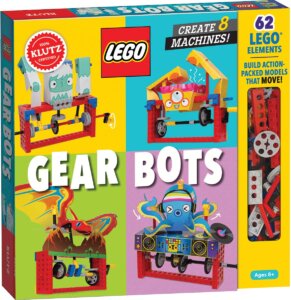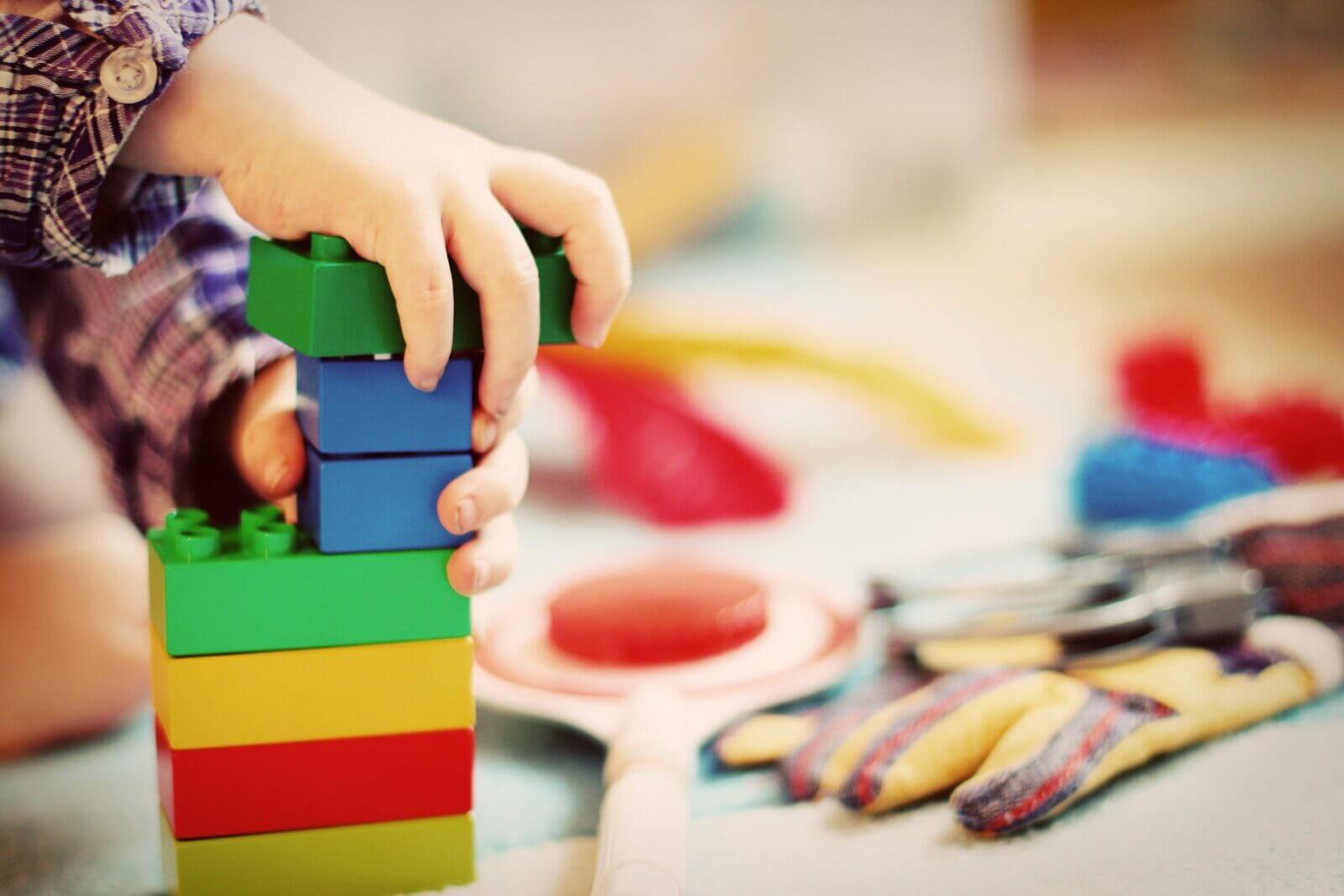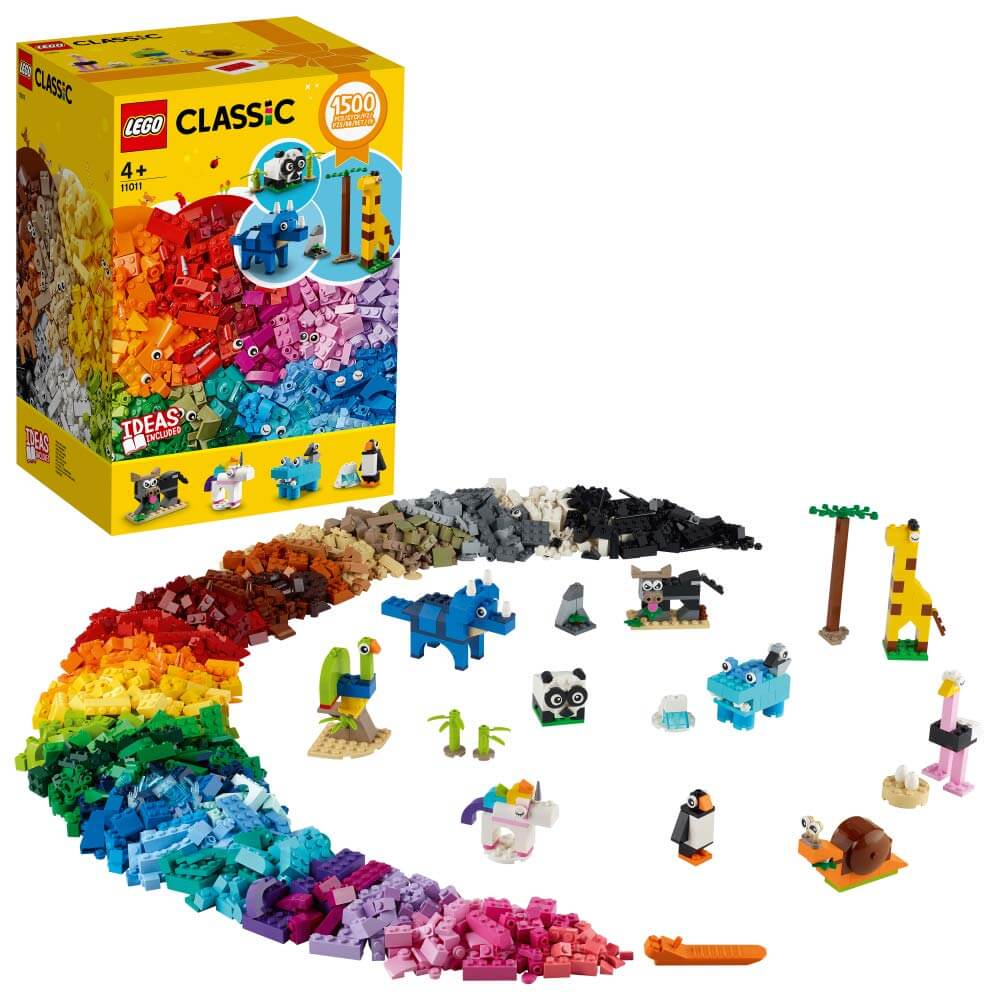BUILDING BLOCKS – The foundation of countless hours of childhood fun, creativity, the application of the human child’s mind to making new objects and structures with tiny tiny pieces of hard plastic.
Also, the infamous foot destroyer.
Your childhood is incomplete without building blocks. And your parenthood is incomplete without stepping on these little devils of the floor.
The human sole is sensitive because it is loaded with nerves.
Almost 200,000 nerve endings per sole, making it super sensitive to touch and sensation. Our sensitive feet help us literally look where we walk.
But when we don’t and step on something, we can get a nasty jolt to zero pain sensation depending on what we step on.
Lego blocks, or any building block have sharp edges and corners. And they are built to last hours of playtime. Which means it can support about 953 pounds of pressure before it compresses. This means, when it doesn’t compress it transfers back the force back into the foot’s sole instead of absorbing it, causing eye-tearing pain.
In fact, our foot can fall victim to any number of small toys and objects and suffer the consequences. The pressure points of the objects may differ with some compressing sooner. But the pain can be VERY real.
It doesn’t help that kids choose to play with these toys on the floor. And a few of these block escape becoming strays on the floor, awaiting their next victim.
Stepping on a block is a ‘feel excruciating pain’ moment. But it doesn’t have to be.
There are several simple and innovative approaches to this common parenthood problem.

Solution 1: SOFT PLAY MATS
Just four interlocking squares in a designated play area of the house. This very visual borderline will not just help the child identify with their space for play but also give you a visual cue to be Careful! Child at Play. What’s more, you could even join in the fun and build some architectural wonders.
Solution 2: Making clean-up time fun
Often we tend to pick up after the kids or repeat the instructions to ‘clean up’ to the point of glitching.
But how about turning it into a game. Each time your child completes a task, they get a point. Or a star. This can be recorded on a whiteboard, a chart, a notebook or even on the phone. We don’t recommend penalizing the child when a particular task is incomplete or not done properly. No negativity, please.
When we gamify, children tend to participate better and learn a thing or two.
Solution 3: Play from the box
Many of us love to tip the entire contents onto a surface before commencing with a task. Children are no exception, increasing the chances of more stray as well as lost pieces. But when they are encouraged to play from the toy storage box, which is kept close by, it gives them control over the situation.
We recommend grouping the toys in boxes or containers. Involve your child in planning the storage of their toys. Give them the driver’s wheel in this and just be present to guide them. They will not only learn about storing and sorting but also learn about planning as well. Pretty important skills.
There will be moments where they would trail off and start playing with their toys. That’s the cutest kind of fun thing to watch your child do. Gently nudge them back on track and the toys will be sorted in no time at all.
Lego blocks are among the best in our opinion. They are sturdy for a very good reason. Not only do they last longer but also are structurally strong. When something amazing and big is built, it will hold and not collapse by unlinking.
You can start small with a starters kit if you are a beginner.
Or if you are in the moderate to advanced level, check out play times monster kits
The fun of constructive playtime will always trump over stepping accidents. And we can’t get enough of it.
It’s back to the building blocks for us.



